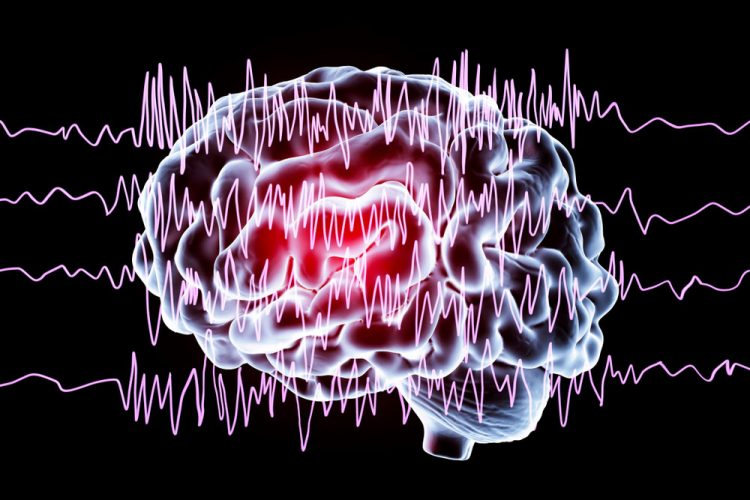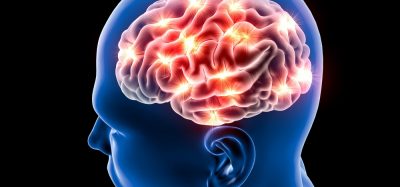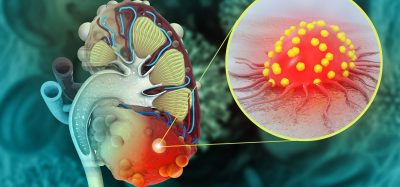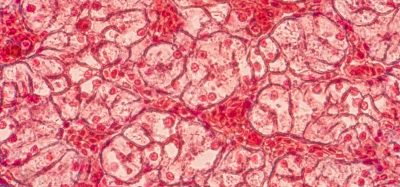Chemogenetics provides hope for severe epilepsy
Posted: 18 April 2018 | Drug Target Review | No comments yet
Researchers believe that they have found a method that in the future could help people suffering from epilepsy so severe that all current treatment is ineffective…


Researchers believe that they have found a method that in the future could help people suffering from epilepsy so severe that all current treatment is ineffective.
“In mice studies, we succeeded in reducing seizure activity by intervening in an area of the brain that is not the focus of the epileptic seizures but is directly connected to it through a network of neurons. If we get the same result in further, long-term studies, it could pave the way for treatment of severe epilepsy”, says Mérab Kokaia, Professor and director of the Epilepsy Centre at Lund University.
In the study, researchers succeeded in reducing epileptic activity in the hippocampus, an area of the brain which is important for memory and learning, among other things. In the most severe cases, this is exactly the part of the brain where epileptic seizures usually start.
Biomarkers aren’t just supporting drug discovery – they’re driving it
FREE market report
From smarter trials to faster insights, this report unpacks the science, strategy and real-world impact behind the next generation of precision therapies.
What you’ll unlock:
- How biomarkers are guiding dose selection and early efficacy decisions in complex trials
- Why multi-omics, liquid biopsy and digital tools are redefining the discovery process
- What makes lab data regulatory-ready and why alignment matters from day one
Explore how biomarkers are shaping early drug development
Access the full report – it’s free!
The researchers used a method known as chemogenetics, which enables them to reduce activity in the specific areas and nerve cells involved in an epileptic seizure, whereas other parts and cells in the body remain unaffected. This is in contrast to current drugs that affect more or less all parts and cells of the body, potentially leading to side-effects.
“Very few similar studies have been carried out previously, and this is the first study in which we succeeded in reducing the epileptic activity in one area of the brain by using chemogenetics to affect another area, not the seizure focus. This opens up the possibility of treating epilepsy in areas of the brain that cannot be surgically removed or treated directly”, explains Prof Kokaia.
“We hope that, in the future, this knowledge will help people with this severe form of epilepsy, but also that it will benefit other patients with the disease”, concludes Prof Kokaia.
The study has been published in the research journal Scientific Reports.
Related topics
Genomics, Therapeutics
Related conditions
Epilepsy
Related organisations
Lund University
Related people
Mérab Kokaia







